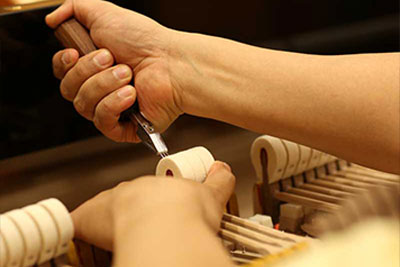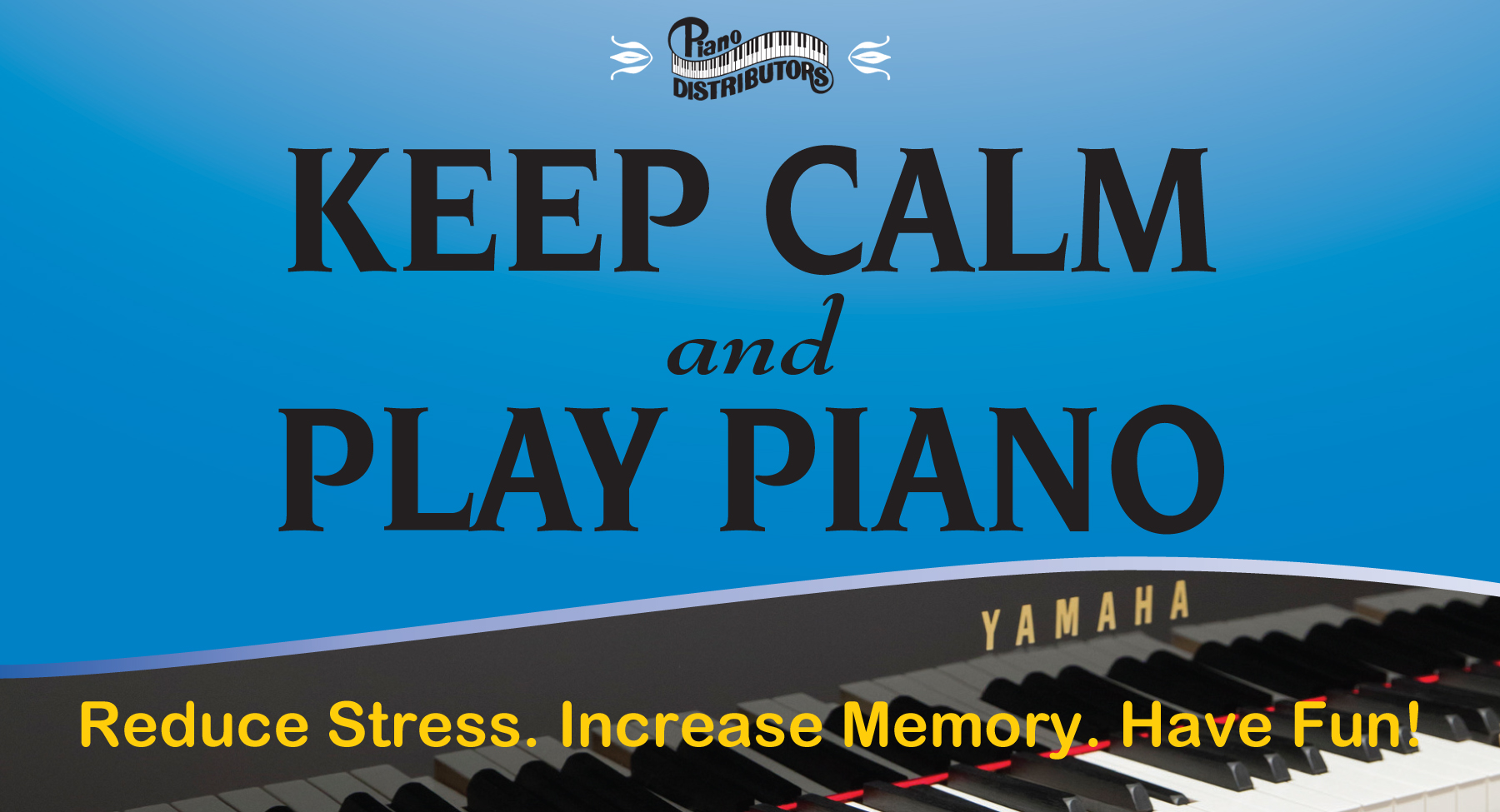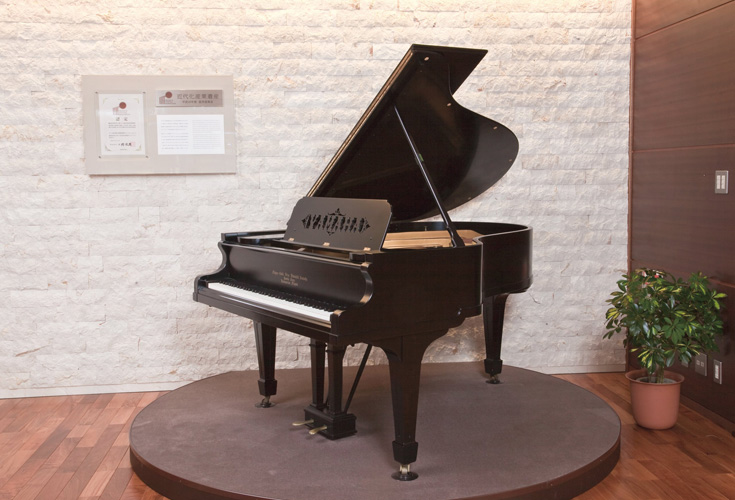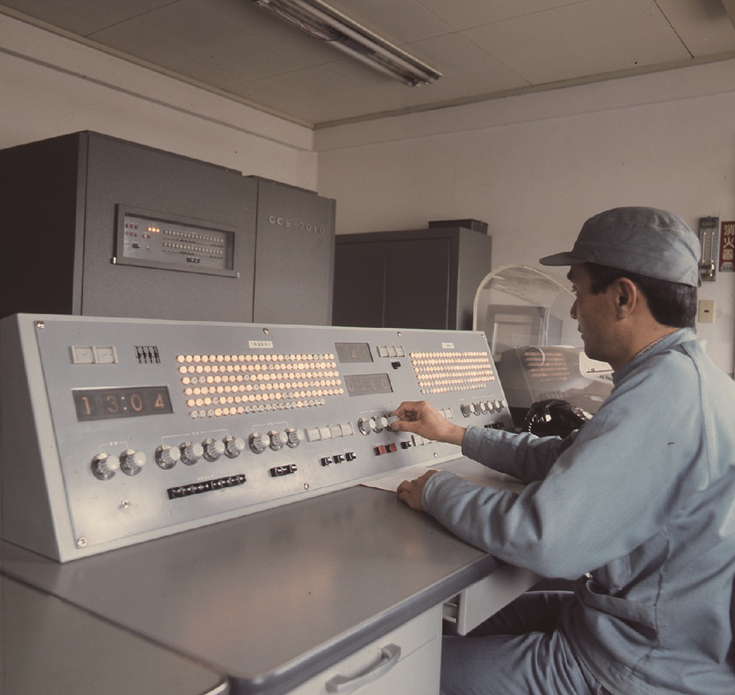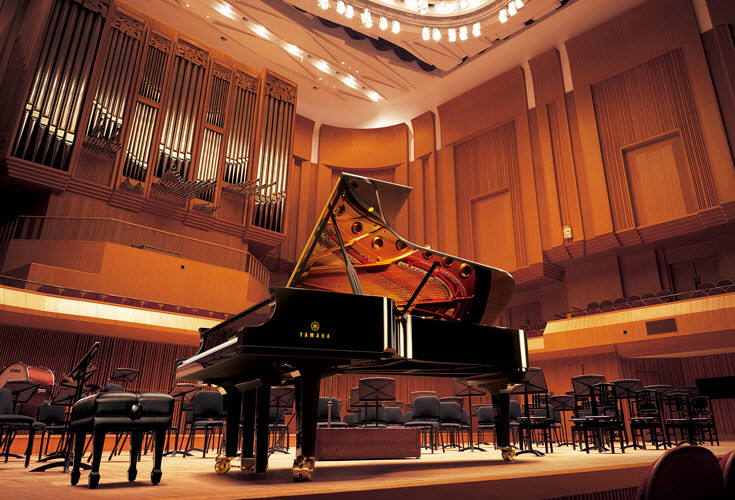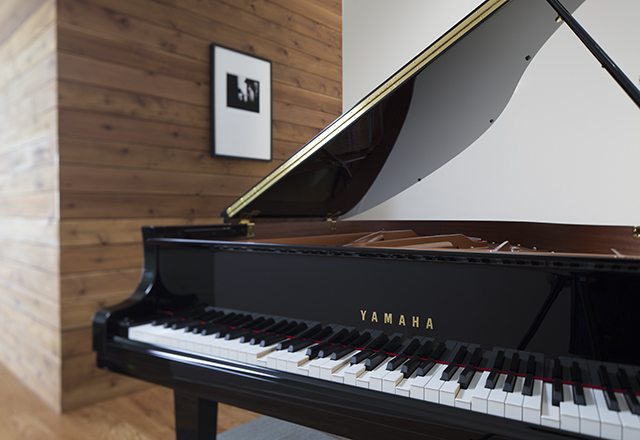CX Series Features
CX Series Features
Yamaha CX Series Features
Seasoned for Destination
All Yamaha pianos destined for the United States market are seasoned for the U.S. climate.
Additional Information
Starting with dimensional lumber, Yamaha is in complete control of wood processing. Yamaha utilizes outside seasoning yards, computer-controlled kilns and air conditioned factories to ensure that the final product will withstand the climactic conditions experienced during the piano’s lifetime.
This provides peace of mind knowing that the piano was made specifically for use in the United States, thus eliminating the problems found in pianos not seasoned for this climate.
V-Pro (Vacuum Shield Mold Process) Plate
The cast iron plate (harp) is the foundation of a quality acoustic piano
Additional Information
Traditionally, piano plates have been cast by a process that uses wet sand. An impression made in the wet sand by a pattern, leaves a cavity that is filled with molten iron to form the plate. Certain problems inherent with this method are: a) the exactness of measurements and contours of the cavity are compromised by the crudeness of the grainy, wet sand AND uneven cooling caused by the extreme temperature differences between the molten metal and the wet sand, create structural weakness. Yamaha eliminated these problems by developing the Vacuum Shield Mold Process (V-Pro). With V-Pro, Yamaha can cast plates that are stronger. The V-Pro plate is visually more appealing. The V-Pro process ensures that the iron frame is stronger and will thus further improve tuning stability. It allows dimensions and shapes to be produced more accurately than ever before.
X Series Soundboard Crown Design
Special Soundboard Crown Design Improvements
Additional Information
Yamaha has perfected a new system for creating soundboard crown in all X Series pianos, beginning with the C3X. This design was developed for use with CFX, Yamaha’s flagship concert grand. Manufacturing expertise made it possible to incorporate this design in X Series pianos C3X and larger.
German Piano Wire
Highest quality German piano wire
Additional Information
X- Series Grands are made with the finest materials available. German piano wire is considered the finest wire available. This wire is considered the most dimensionally consistent wire used in the highest quality pianos.
Ivorite – White Key Surfaces
That classic touch
Additional Information
After more than 20 years of laboratory research, Yamaha developed a new white key covering called Ivorite. Ivorite has the same performance characteristics as real ivory, such as moisture absorption, non-slip resistance and hardness. In addition, it offers greater durability over the years. Ivorite covered keys visually present the traditional image and touch of real ivory. Owning a piano with Ivorite keys provides enjoyment, prestige and image.
WPC – Black Key Surfaces
That classic touch
Additional Information
After many years of laboratory research, Yamaha developed a new black key covering called Wood Process Composite (WPC). WPC has the same performance characteristics as ebony, such as moisture absorption, non-slip resistance and hardness. In addition, it offers greater durability over the years. WPC covered keys visually present the traditional image and touch of ebony.
German Hammer Felt
German Hammer Felt for the absolute best tone quality.
Additional Information
German Hammer Felt produces an incredible tone. This felt is very consistent and is easy for the piano technician to voice, providing a very even sound, from note to note, and at the various volume levels.
Extruded Aluminum Alloy Action Rails
Extruded Aluminum Alloy Action Rails
Additional Information
Yamaha engineering developed a unique extruded aluminum alloy action rail (bearing a Yamaha patent) that is one of the greatest innovations in the last 100 years for improving a piano action. All Yamaha extruded aluminum alloy action rails are impervious to weather changes and solve the problems caused by wood rails. The usual fluctuations in wood rails that affect touch, caused by periodic weather changes, are eliminated. Screws remain tight, which maintains better alignment of all action parts and allows stable, long-lasting action regulation. The extruded aluminum alloy action rails endure during the life of the piano.
Soft-Close Fallboard
This eliminates the possibility of the fallboard slamming down and causing physical harm or damage to the piano.
Additional Information
Realizing the problems created by the conventional fallboard system, the engineers at Yamaha eliminated the pivot pins at each end of the fallboard and replaced them with the Soft-Close fixtures. Each of the fixtures contain a hydraulic device that is activated as the cover is closed. This counter-balances the weight of the fallboard and allows the cover to float down rather than fall down. Peace of mind knowing that the possibility of physical harm from the fallboard closing, along with possible damage to the piano, has been eliminated.
Improved From C Series:
- X Series Scale Design
- X Series Soundboard Crown Design
- German Piano Wire
- German Hammer Felt

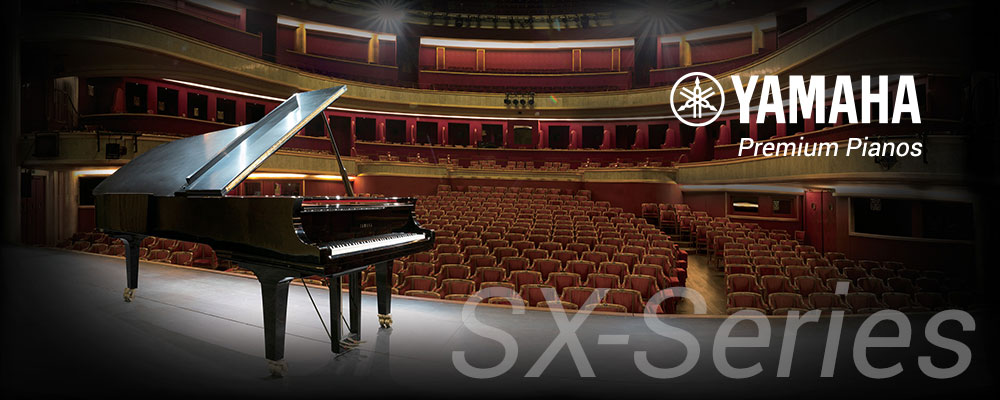 Yamaha has always been known for high quality mass-produced pianos. Indeed, their Conservatory Series (or CX-Series) pianos are the most sought-after pianos for recording studios, universities, schools and churches the world over! Solidly built and consistently reliable, the Conservatory Series grand pianos have long been the “go-to” pianos for many decades.
Yamaha has always been known for high quality mass-produced pianos. Indeed, their Conservatory Series (or CX-Series) pianos are the most sought-after pianos for recording studios, universities, schools and churches the world over! Solidly built and consistently reliable, the Conservatory Series grand pianos have long been the “go-to” pianos for many decades.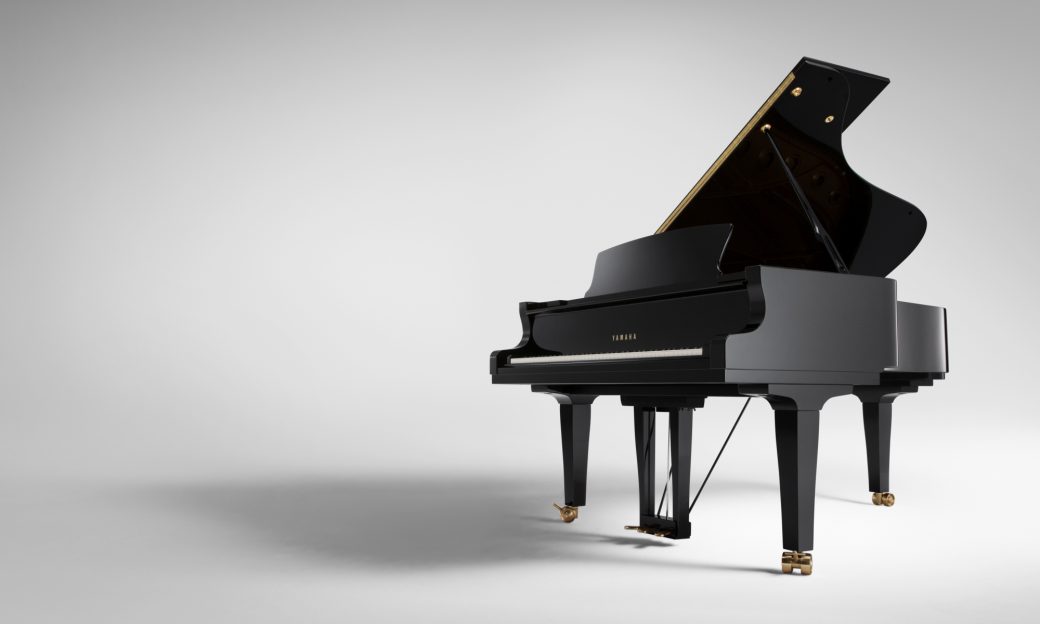
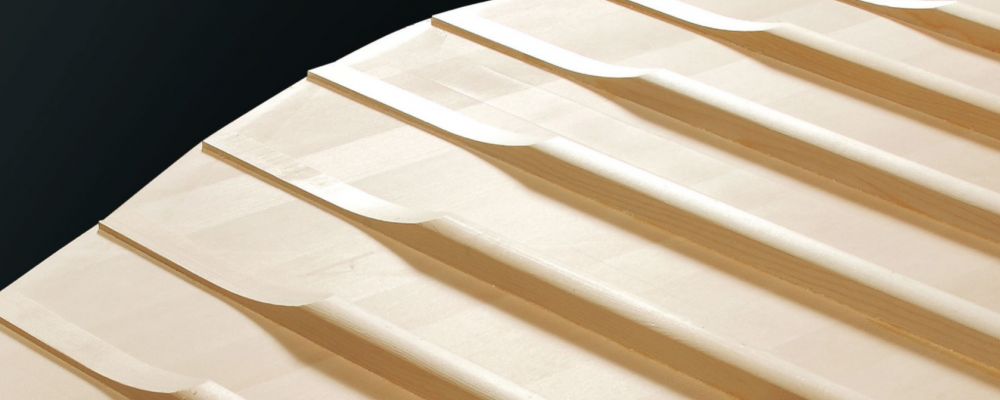
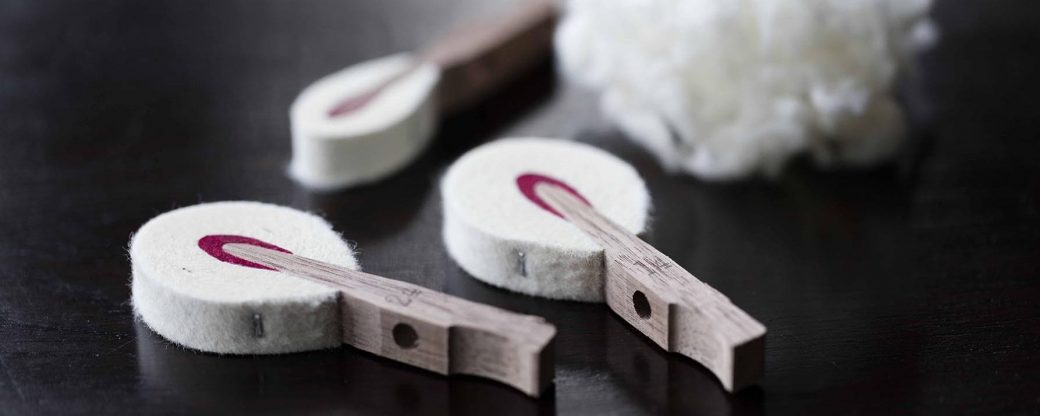 Yamaha spent years developing hammers for their SX-Series pianos using feedback from concert pianists around the world. SX-Series hammers provide incredible versatility and tonal control.
Yamaha spent years developing hammers for their SX-Series pianos using feedback from concert pianists around the world. SX-Series hammers provide incredible versatility and tonal control.